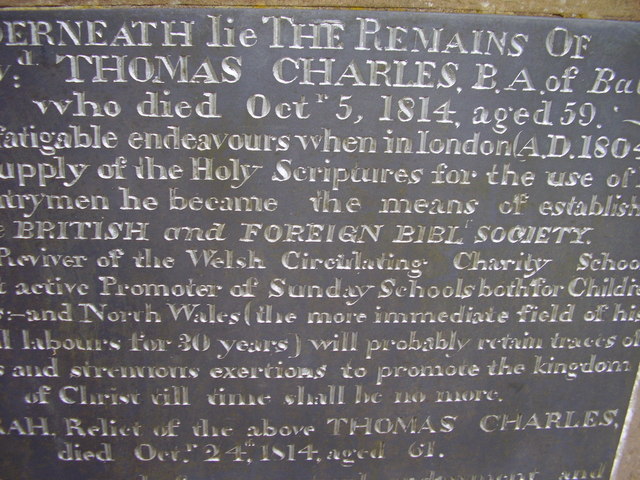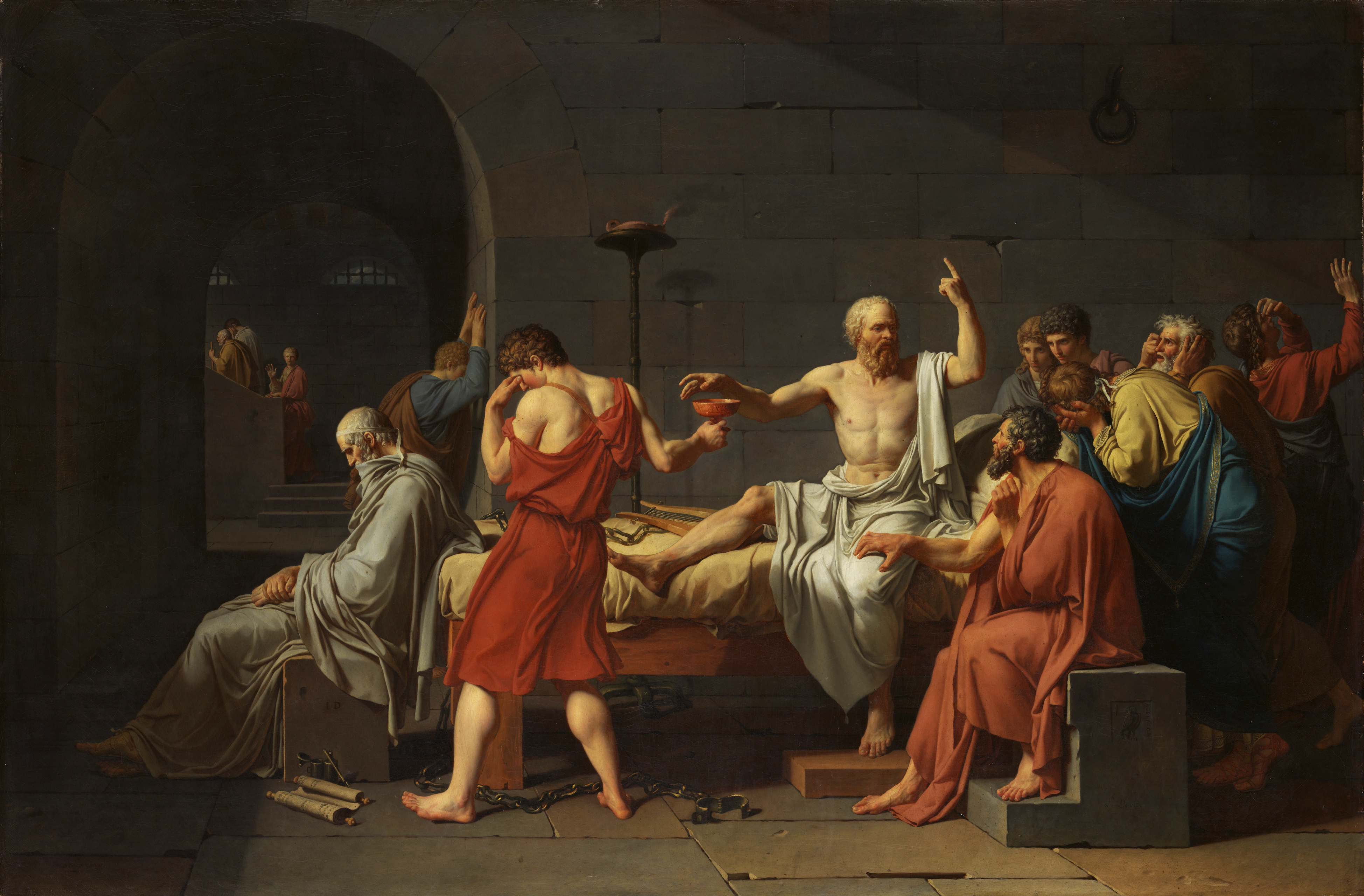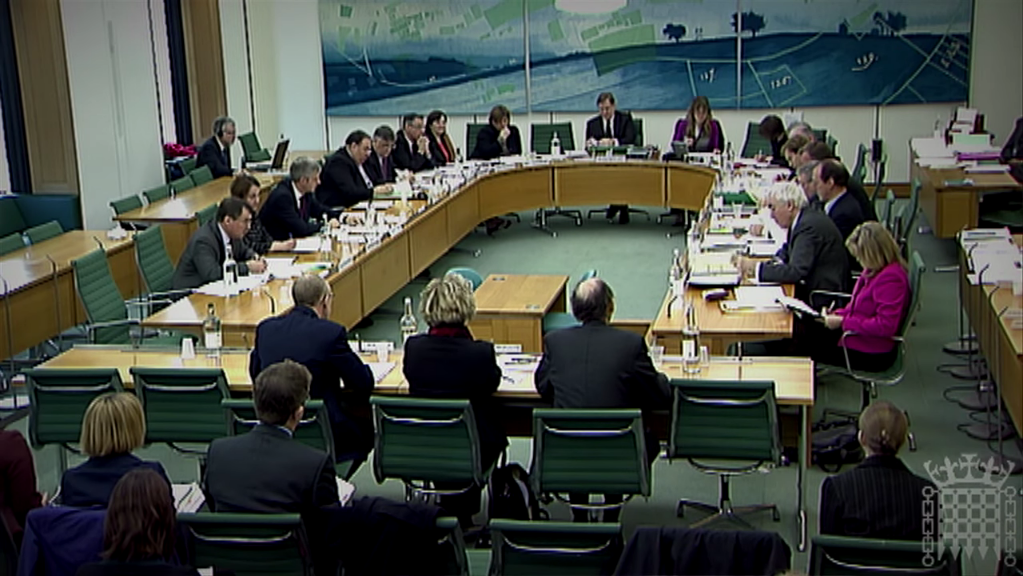|
Christopher Herbert
Christopher William Herbert (born 7 January 1944) is a British Anglican bishop. From 1996 to 2009, he was the Bishop of St Albans. Early life Herbert was born on 7 January 1944, in Lydney in the Forest of Dean. His father helped run the family road haulage business, but was also very proud of his roots as a foundryman in a local iron works. Herbert was educated at Monmouth School and went on to read Biblical Studies and Philosophy at the University of Wales, Lampeter. He studied for the ordained ministry at Wells Theological College, and also obtained a Postgraduate Certificate in Education at the University of Bristol. Ordained ministry Herbert was ordained in 1967 and from 1967 to 1971 was Assistant Curate at St Paul's, Tupsley, Hereford, and Assistant Master at the Bishop's School in Tupsley. From 1971 to 1976 he was Adviser in Religious Education, and from 1976 to 1981 Director of Education, for the Diocese of Hereford. From 1981 to 1990 he was Vicar of St Thomas on the Bo ... [...More Info...] [...Related Items...] OR: [Wikipedia] [Google] [Baidu] |
Bishop Of St Albans
The Bishop of St Albans is the Ordinary of the Church of England's Diocese of St Albans in the Province of Canterbury. The bishop is supported in his work by two suffragan bishops, the Bishop of Hertford and the Bishop of Bedford, and three archdeacons. The diocese covers the counties of Bedfordshire and Hertfordshire, as well as parts of the London Borough of Barnet. The see is in the City of St Albans in Hertfordshire, where the cathedra (bishop's seat) is located at St Albans Cathedral. The cathedral building itself was an abbey church (part of St Albans Abbey) prior to the Dissolution of the Monasteries. Following its purchase by the town in 1553, it was then a parish church until its elevation to cathedral status in 1877, when the diocese was created from the diocese of Rochester under Queen Victoria by the Bishopric of St. Albans Act 1875. Incumbent The current incumbent is Alan Smith, 10th Bishop of St Albans, who signs ''+ Alan St Albans''. His nomination was announce ... [...More Info...] [...Related Items...] OR: [Wikipedia] [Google] [Baidu] |
Farnham
Farnham ( /ˈfɑːnəm/) is a market town and civil parish in Surrey, England, around southwest of London. It is in the Borough of Waverley, close to the county border with Hampshire. The town is on the north branch of the River Wey, a tributary of the Thames, and is at the western end of the North Downs. The civil parish, which includes the villages of Badshot Lea, Hale and Wrecclesham, covers and had a population of 39,488 in 2011. Among the prehistoric artefacts from the area is a woolly mammoth tusk, excavated in Badshot Lea at the start of the 21st century. The earliest evidence of human activity is from the Neolithic and, during the Roman period, tile making took place close to the town centre. The name "Farnham" is of Saxon origin and is generally agreed to mean "meadow where ferns grow". From at least 803, the settlement was under the control of the Bishops of Winchester and the castle was built as a residence for Bishop Henry de Blois in 1138. Henry VIII is thou ... [...More Info...] [...Related Items...] OR: [Wikipedia] [Google] [Baidu] |
British And Foreign Bible Society
The British and Foreign Bible Society, often known in England and Wales as simply the Bible Society, is a non-denominational Christian Bible society with charity status whose purpose is to make the Bible available throughout the world. The Society was formed on 7 March 1804 by a group of people including William Wilberforce and Thomas Charles to encourage the "wider circulation and use" of the Scriptures. History The British and Foreign Bible Society dates back to 1804 when a group of Christians, associated with the Religious Tract Society, sought to address the problem of a lack of affordable Bibles in Welsh for Welsh-speaking Christians. Many young girls had walked long distances to Thomas Charles to get copies of the Bible. Later the story was told of one of them – a young girl called Mary Jones who walked over 20 miles to get a Bible in Bala, Gwynedd. BFBS was not the first Bible Society in the world. The first organisation in Britain to be called "The Bible Society ... [...More Info...] [...Related Items...] OR: [Wikipedia] [Google] [Baidu] |
Assisted Suicide
Assisted suicide is suicide undertaken with the aid of another person. The term usually refers to physician-assisted suicide (PAS), which is suicide that is assisted by a physician or other healthcare provider. Once it is determined that the person's situation qualifies under the physician-assisted suicide laws for that place, the physician's assistance is usually limited to writing a prescription for a lethal dose of drugs. In many jurisdictions, helping a person die by suicide is a crime. People who support legalizing physician-assisted suicide want the people who assist in a voluntary death to be exempt from criminal prosecution for manslaughter or similar crimes. Physician-assisted suicide is legal in some countries, under certain circumstances, including Austria, Belgium, Canada, Germany, Luxembourg, the Netherlands, New Zealand, Spain, Switzerland, parts of the United States and all six states of Australia. The constitutional courts of Colombia, Germany and Italy legali ... [...More Info...] [...Related Items...] OR: [Wikipedia] [Google] [Baidu] |
Euthanasia
Euthanasia (from el, εὐθανασία 'good death': εὖ, ''eu'' 'well, good' + θάνατος, ''thanatos'' 'death') is the practice of intentionally ending life to eliminate pain and suffering. Different countries have different euthanasia laws. The British House of Lords select committee on medical ethics defines euthanasia as "a deliberate intervention undertaken with the express intention of ending a life, to relieve intractable suffering". In the Netherlands and Belgium, euthanasia is understood as "termination of life by a doctor at the request of a patient". The Dutch law, however, does not use the term 'euthanasia' but includes the concept under the broader definition of "assisted suicide and termination of life on request". Euthanasia is categorized in different ways, which include voluntary, non-voluntary, or involuntary. [...More Info...] [...Related Items...] OR: [Wikipedia] [Google] [Baidu] |
Private Member's Bill
A private member's bill is a bill (proposed law) introduced into a legislature by a legislator who is not acting on behalf of the executive branch. The designation "private member's bill" is used in most Westminster system jurisdictions, in which a "private member" is any member of parliament (MP) who is not a member of the cabinet (executive). Other labels may be used for the concept in other parliamentary systems; for example, the label member's bill is used in the Scottish Parliament and the New Zealand Parliament, the term private senator's bill is used in the Australian Senate, and the term public bill is used in the Senate of Canada. In legislatures where the executive does not have the right of initiative, such as the United States Congress, the concept does not arise since bills are always introduced by legislators (or sometimes by popular initiative). In the Westminster system, most bills are " government bills" introduced by the executive, with private members' bills ... [...More Info...] [...Related Items...] OR: [Wikipedia] [Google] [Baidu] |
Select Committee (United Kingdom)
In British politics, parliamentary select committees can be appointed from the House of Commons, like the Foreign Affairs Select Committee; from the House of Lords, like the Delegated Powers and Regulatory Reform Committee; or as a joint committee of Parliament drawn from both, such as the Joint Committee on Human Rights. Committees may exist as "sessional" committees – i.e. be near-permanent – or as "ad-hoc" committees with a specific deadline by which to complete their work, after which they cease to exist, such as the Lords Committee on Public Service and Demographic Change. The Commons select committees are generally responsible for overseeing the work of government departments and agencies, whereas those of the Lords look at general issues, such as the constitution, considered by the Constitution Committee, or the economy, considered by the Economic Affairs Committee. Both houses have their own committees to review drafts of European Union directives: the Eur ... [...More Info...] [...Related Items...] OR: [Wikipedia] [Google] [Baidu] |
The Council Of Christians And Jews
The Council of Christians and Jews (CCJ) is a voluntary organisation in the United Kingdom. It is composed of Christians and Jews working together to counter anti-semitism and other forms of intolerance in Britain. Their patron was Queen Elizabeth II. The CCJ was founded, in 1942, by Chief Rabbi Joseph H. Hertz and Archbishop William Temple during a time of all-out warfare and Nazi persecution of Jews. In late 1954, and reflecting the theology of the era, the Vatican instructed the head of English Catholics to resign from the CCJ due to its perceived indifferentism, with Catholics not returning until the reforms introduced by the Second Vatican Council. Background Prior to the foundation of the Council of Christians and Jews a number of initiatives had already taken place. The London Society for the Study of Religions, founded in 1904, included Jews in its membership. In 1924 the Presbyterian Church of England General Assembly agreed to form a sub committee to discuss the lack ... [...More Info...] [...Related Items...] OR: [Wikipedia] [Google] [Baidu] |
St Albans Cathedral
St Albans Cathedral, officially the Cathedral and Abbey Church of St Alban but often referred to locally as "the Abbey", is a Church of England cathedral in St Albans, England. Much of its architecture dates from Normans, Norman times. It ceased to be an abbey following its Dissolution of the monasteries, dissolution in the 16th century and became a cathedral in 1877. Although legally a cathedral church, it differs in certain particulars from most other cathedrals in England, being also used as a parish church, of which the Dean (Christianity), dean is Rector (ecclesiastical), rector with the same powers, responsibilities and duties as that of any other Ecclesiastical parish, parish. At 85 metres long, it has the longest nave of any cathedral in England. Probably founded in the 8th century, the present building is Norman or Romanesque architecture of the 11th century, with Gothic and 19th-century additions. Britain's first Christian martyr According to Bede, whose account of ... [...More Info...] [...Related Items...] OR: [Wikipedia] [Google] [Baidu] |
Southwark Cathedral
Southwark Cathedral ( ) or The Cathedral and Collegiate Church of St Saviour and St Mary Overie, Southwark, London, lies on the south bank of the River Thames close to London Bridge. It is the mother church of the Anglican Diocese of Southwark. It has been a place of Christian worship for more than 1,000 years, but a cathedral only since the creation of the diocese of Southwark in 1905. Between 1106 and 1538 it was the church of an Augustinian priory, Southwark Priory, dedicated to the Virgin Mary (St. Mary's – over the river). Following the dissolution of the monasteries, it became a parish church, with the new dedication of St Saviour's. The church was in the diocese of Winchester until 1877, when the parish of St Saviour's, along with other South London parishes, was transferred to the diocese of Rochester. The present building retains the basic form of the Gothic structure built between 1220 and 1420, although the nave is a late 19th-century reconstruction. History Lege ... [...More Info...] [...Related Items...] OR: [Wikipedia] [Google] [Baidu] |
Archbishop Of Canterbury
The archbishop of Canterbury is the senior bishop and a principal leader of the Church of England, the ceremonial head of the worldwide Anglican Communion and the diocesan bishop of the Diocese of Canterbury. The current archbishop is Justin Welby, who was enthroned at Canterbury Cathedral on 21 March 2013. Welby is the 105th in a line which goes back more than 1400 years to Augustine of Canterbury, the "Apostle to the English", sent from Rome in the year 597. Welby succeeded Rowan Williams. From the time of Augustine until the 16th century, the archbishops of Canterbury were in full communion with the See of Rome and usually received the pallium from the pope. During the English Reformation, the Church of England broke away from the authority of the pope. Thomas Cranmer became the first holder of the office following the English Reformation in 1533, while Reginald Pole was the last Roman Catholic in the position, serving from 1556 to 1558 during the Counter-Reformation. ... [...More Info...] [...Related Items...] OR: [Wikipedia] [Google] [Baidu] |






